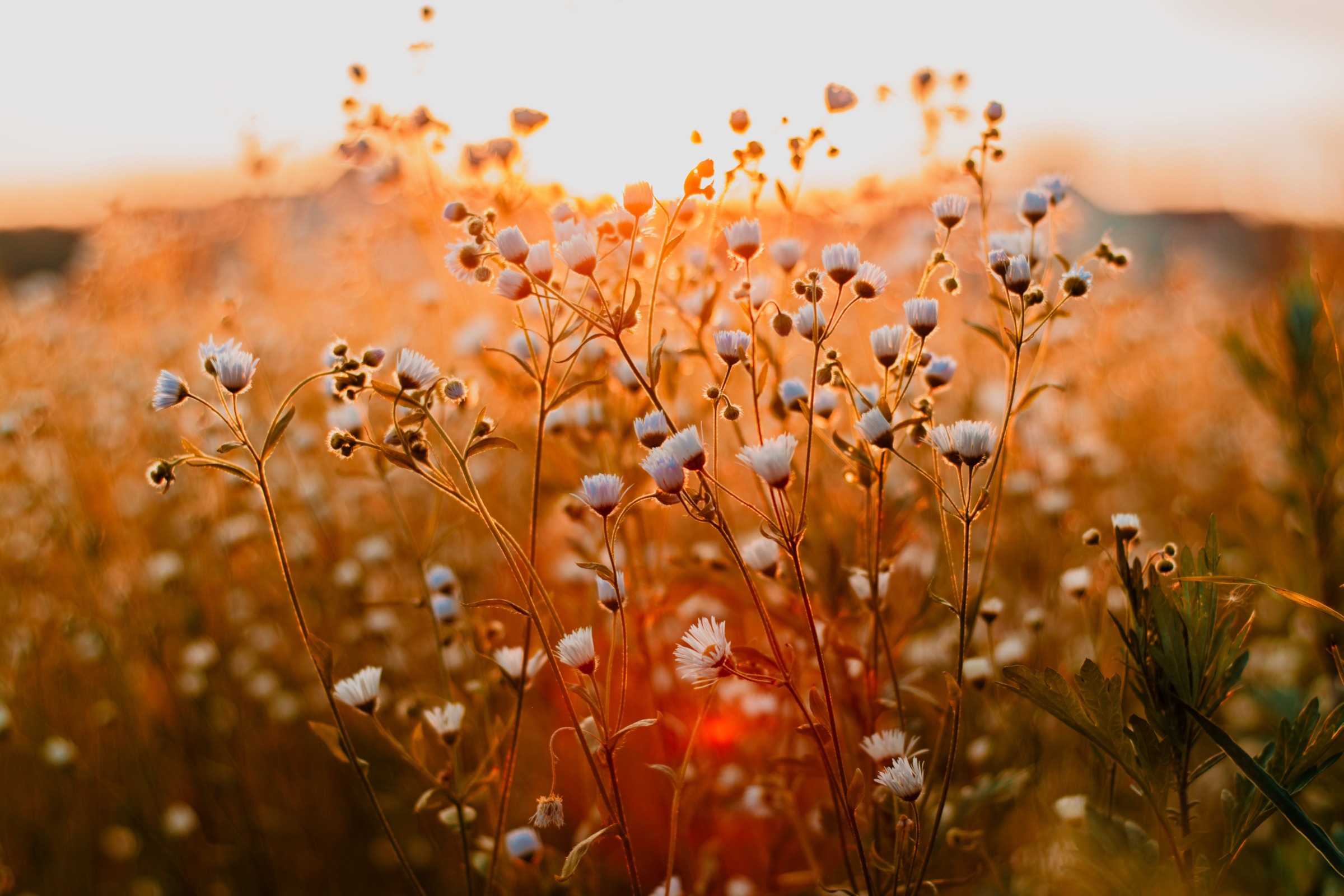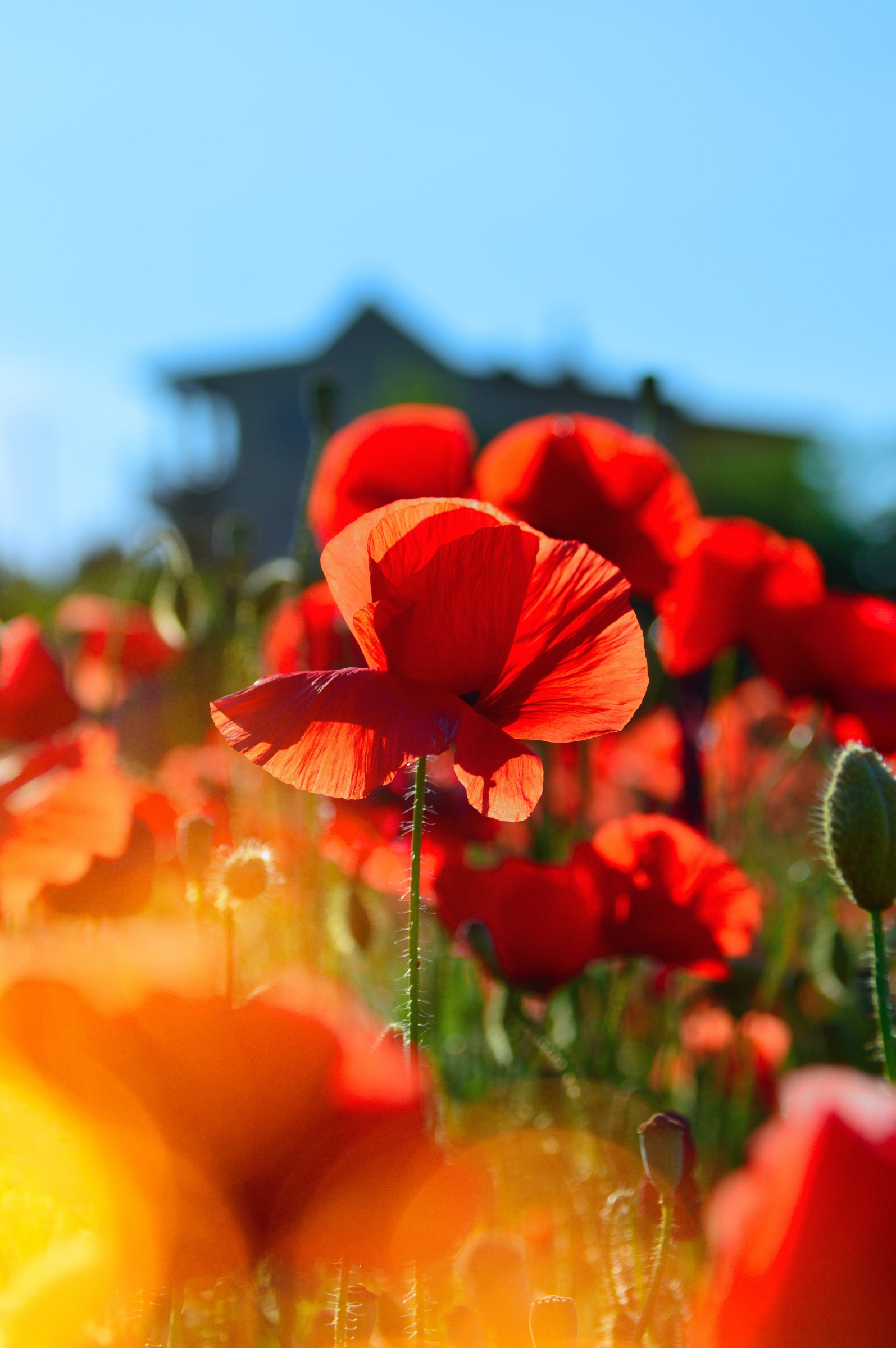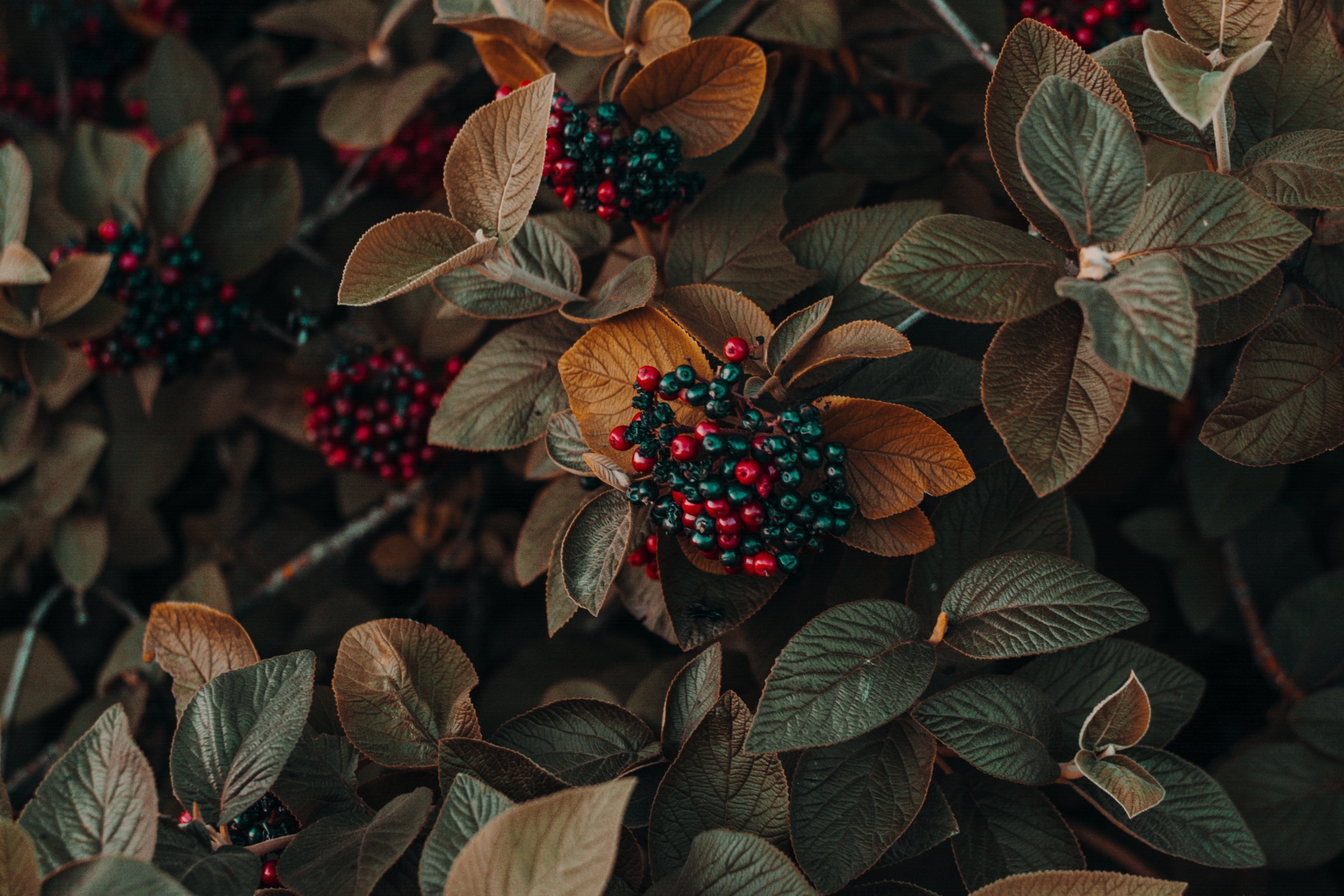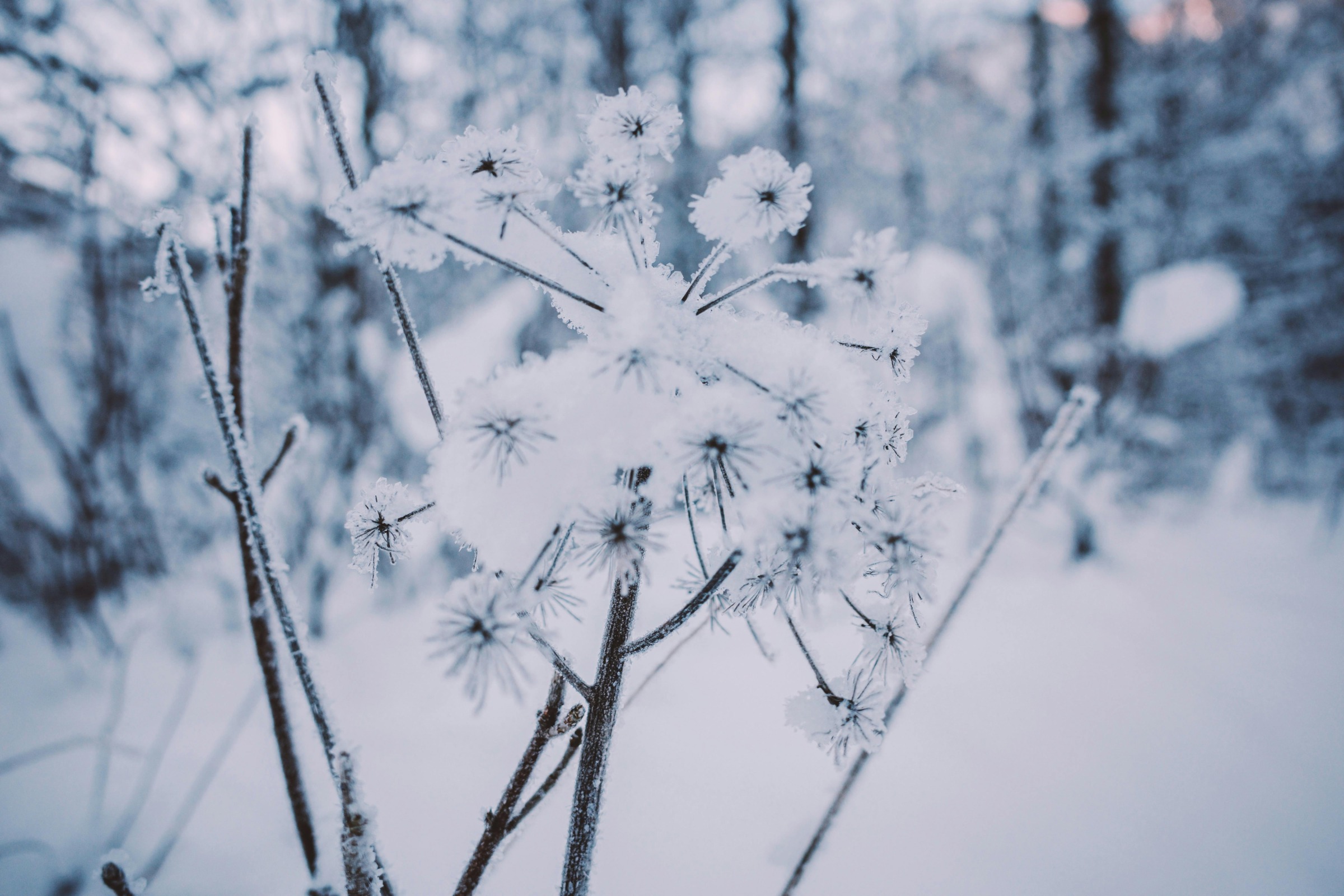As a gardener, dealing with weeds is an inevitable part of maintaining a healthy garden. While some weeds are easily identified, others can leave you scratching your head wondering what type of weed just popped up Weeds with heart shaped leaves in particular can be tricky to distinguish This article will explain what garden weeds have heart shaped leaves, how to identify them, and methods for controlling these stubborn invaders.
Why Identify Garden Weeds?
Properly identifying weeds is an important first step before trying to remove them Different types of weeds can require different control methods Annual weeds that sprout from seeds are generally easier to control than perennial weeds that spread via roots or rhizomes, Knowing what you’re dealing with will help you choose the right approach,
Some weeds may also indicate underlying issues in your garden soil that could be corrected. For example, an overabundance of knotweed could mean poor drainage, while lots of purslane likely means compacted soil. Identifying the weed can give you clues to improve the garden environment so desirable plants can better thrive.
Finally, some weeds are more aggressive than others and quicker to spread. Identifying these weeds early allows you to focus on removing them before they take over. Let’s look at some common garden weeds with heart shaped leaves.
7 Garden Weeds With Heart Shaped Leaves
1. Wood Sorrel (Oxalis species)
This low growing perennial weed spreads rapidly via rhizomes and tubers. The leaves are comprised of three heart shaped leaflets resembling clover. Bright yellow flowers bloom spring to fall. Prefers moist acidic soil. Can be aggressive in vegetable gardens.
2. Violet (Viola species)
This lovely flowering perennial spreads by rhizomes and seeds. Heart shaped leaves have rounded tips and smooth or toothed edges. Flowers come in shades of purple, blue, yellow and white. Often pops up in lawns or vegetable gardens.
3. Morning Glory (Ipomoea purpurea)
This fast growing annual vine has lush green heart shaped leaves. Produces trumpet shaped flowers in summer that can be white, pink, purple, or blue. Spreads rapidly by seed. Can quickly take over gardens when not controlled.
4. Henbit (Lamium amplexicaule)
A winter annual weed in the mint family. Square stems with pinkish flowers. Leaves are oval to heart shaped, lightly hairy, with scalloped edges. Self-seeds prolifically. Invades gardens, lawns and disturbed areas.
5. Creeping Charlie (Glechoma hederacea)
A perennial groundcover weed related to mint. Has round, kidney shaped leaves with scalloped edges. Spreads aggressively through stems that root at nodes. Tiny bluish-purple flowers in spring. Hard to eradicate from lawns and gardens once established.
6. Chickweed (Stellaria media)
A prolific cool season annual. Forms dense low mats with small oval to heart shaped leaves. Tiny white star-like flowers bloom early spring to summer. Reseeds rampantly in lawns, vegetable gardens and flower beds.
7. Wild ginger (Asarum canadense)
A perennial woodland groundcover with kidney shaped leaves and brownish-purple flowers. Spreads vigorously by rhizomes forming dense colonies. Prefers shade gardens where it can overtake desired plants. Hard to dig out entirely.
How to Identify Heart Shaped Weed Leaves
When trying to identify a weed with heart shaped leaves, pay close attention to the following characteristics:
-
Leaf shape – Is it a perfect heart? More oval, kidney or triangular?
-
Leaf edges – Are they smooth, serrated or lobed?
-
Leaf texture – Smooth, hairy, glossy?
-
Leaf arrangement – Opposite or alternate on the stem?
-
Leaf veins – Number of main veins.
-
Leaf stalk – Does it have a petiole or attach directly to stem?
-
Stem – Square, round, hairy, smooth?
-
Flowers – Color, shape, size can all be clues.
Comparing the unknown weed to the descriptions and photos above will help you correctly identify which one it is. Getting a positive ID is the first step toward successful and cost-effective weed control.
Controlling Heart Shaped Garden Weeds
Once you’ve identified the culprit, you can move on to removal. For small infestations, hand pulling is effective for annual weeds and some shallow rooted perennials. Ensure you remove as much of the root system as possible to prevent regrowth.
Spot spraying with an herbicide containing 2,4-D, dicamba or glyphosate can treat larger areas of annual weeds. For stubborn perennials like creeping Charlie, repeated applications are needed to fully kill the plant.
Covering areas with mulch, cardboard or landscape fabric helps suppress weeds through light deprivation. Just be sure to eliminate existing growth first or they will simply grow up through.
For lawns, broadleaf herbicides specifically formulated for lawns containing dicamba and 2,4-D can selectively kill weeds like violets and henbit while leaving your grass unharmed. As always, be sure to read and follow label directions carefully.
While weeding will likely always be part of garden maintenance, identifying heart shaped garden weeds and using the right removal methods will give you the upper hand. Stay vigilant for new growth, eliminate plants before they go to seed, and over time you can keep these pesky weeds under control.

Ask Your Gardening Question
If you’re unable to find the information you need, please submit your gardening question here:
Latest from Wisconsin Yard & Garden




Weed Identification – Identify 21 Common Weeds in Lawn
FAQ
What are the heart leaved weeds?
To identify bindweed, look for a sprawling, climbing plant with roughly heart-shaped leaves. You may notice it wrapping itself around other plants. If it’s grown quite big, you may also see trumpet-shape flowers. Bindweed looks similar to Morning Glory, but Morning Glory is not invasive.
What invasive plants have heart-shaped leaves?
Giant Bindweed, white morning glory (Calystegia sylvatica) is an extremely invasive vine from Southern Europe, with heart-shaped leaves and large white morning-glory flowers. It forms dense, deep networks of fleshy white to pink roots.
What garden plant has heart shaped leaves?
Cercis – Redbud
Redbuds or Cercis are small understory trees. Their heart-shaped leaves are green, yellowy-green, tinged with red, or purple – depending on the cultivar that you choose. As the seasons progress the leaves may change color, ending up in autumn as a buttery yellow or a reddish maroon.
What is a trailing plant with heart shaped leaves?
A popular trailing plant with heart-shaped leaves is the String of Hearts (Ceropegia woodii). It features long, delicate vines adorned with small, heart-shaped leaves that are typically green and silver, sometimes with a pinkish underside.
Are heart shaped weeds invasive?
Walking around your garden, you will come across weeds with heart-shaped leaves. These weeds usually have nice flowers in astounding colors. But some weeds with heart-shaped leaves and brightly colored flowers are not the best ornamentals. Instead, they are invasive plants that can choke good plants.
What Weed has a heart shaped stem?
Henbit (Lamium amplexicaule) This low-growing annual has square stems and ragged-edged, heart-shaped leaves. It blooms profusely with purple flowers in spring. A major lawn and garden weed, henbit spreads rapidly by seeds. 5. Buttercup (Ranunculus sp.) Several buttercup species produce long-stemmed, glossy yellow flowers above heart-shaped foliage.
What weeds have heart-shaped leaves?
Another closely related weed with heart-shaped leaves is yellow woodsorrel (Oxalis stricta). Velvetleaf is a giant weed that can grow up to 8 ft. tall, and the leaves are heart-shaped, green, and covered in short hairs, giving them a velvety feel.
Why do weeds have heart shaped leaves?
The heart shape of leaves in certain weeds occurs due to the arrangement of veins in the leaf blade. Veins deliver water and nutrients to the leaf cells and provide structural support. In heart-shaped leaves, the veins run from the base of the leaf and converge at the tip to form the heart shape. This shape is scientifically known as cordate.
What is a heart shaped leaf?
In heart-shaped leaves, the veins run from the base of the leaf and converge at the tip to form the heart shape. This shape is scientifically known as cordate. The heart shape is thought to maximize the surface area of the leaf to capture more sunlight for photosynthesis. Having more veins also improves water transport and leaf cooling.
What weeds grow in a garden?
Betony (Stachys sp.) This perennial has square, grooved stems and textured heart-shaped leaves with scalloped edges. Dense pink or purple flower spikes up to 3 feet tall make it obvious. Great betony (Stachys officinalis) and hedge nettle (Stachys sylvatica) are common weeds. 8. Spurge (Euphorbia sp.)
